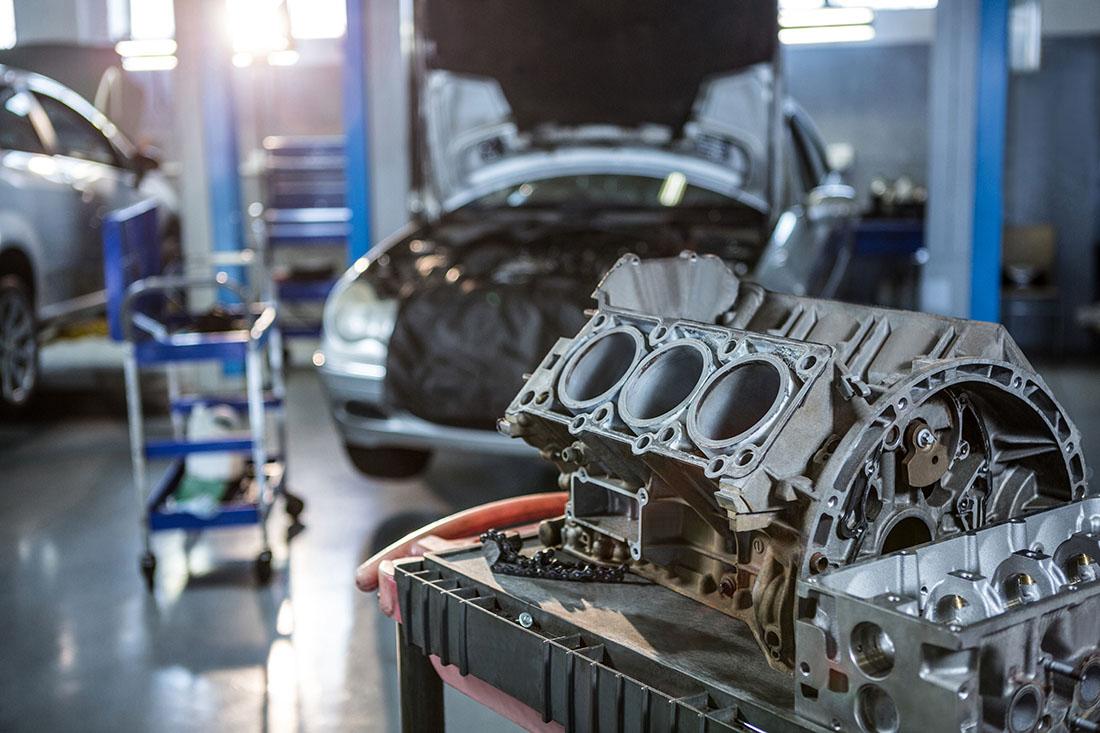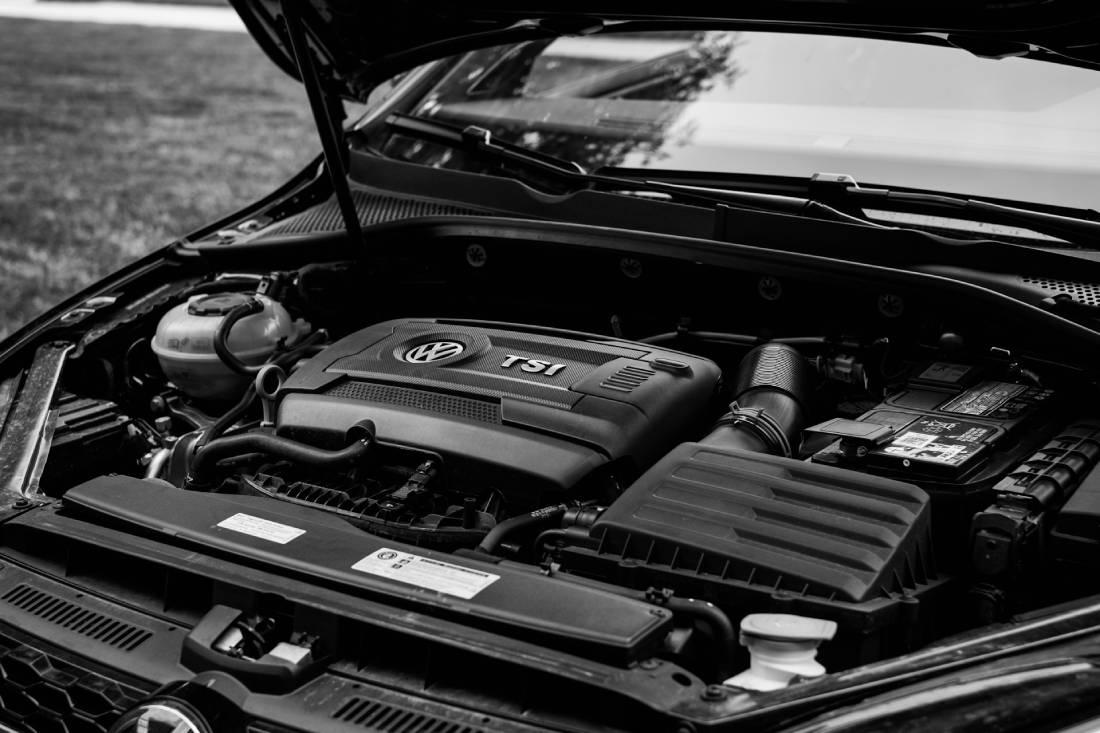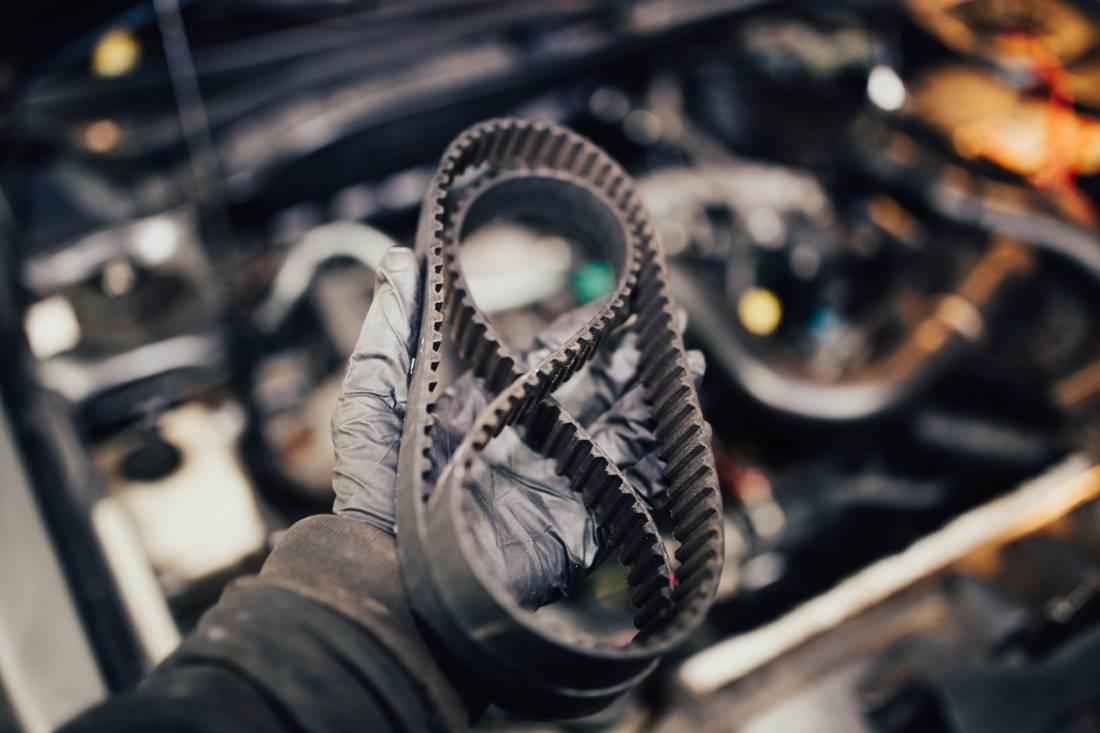
One of the most essential elements in a car's operation is its engine's healthy and efficient operation. For this process to be carried out smoothly and safely, a perfect harmony between many parts and components is required. The gasket, which is one of the heroes that balances this harmony and undertakes the task of sealing, has a vital importance. However, if the gasket material is burned for any reason, this critical part can cause severe damage. In this article, you can find the answer to the question of what is the gasket test and all the details about the gasket burn test.
What is Gasket Test (Burn Gasket)?
Gasket test is a test method to evaluate the quality and performance of gaskets used in the automobile industry.
This test is especially applied to determine the resistance of gaskets used in vehicle engines and other systems to high temperature, pressure, and chemical effects. Cars need to provide a perfect seal and resist wear in harsh operating conditions. The gasket test is designed to check these properties.
Cars are one of the most common means of transportation we use in our daily life. These vehicles have many important components such as engines, fuel systems, and cooling systems. Gaskets are used to seal between these components. For cars to run safely and efficiently, these gaskets must be of high quality and durable.
Gasket testing has evolved with innovations and developments in the automotive industry. Today, more accurate and detailed results are obtained by using stricter standards and more advanced test equipment. This makes vehicles safer, more durable, and more efficient. In addition, with the widespread use of environmentally friendly vehicles, factors such as the chemical resistance of gasket materials and emission control are taken into account during the gasket test.
How is the Gasket Test Done?
The engine gasket test is a test method used to check the integrity of the cylinder head gasket. This test aims to detect signs of burns or wear on the gasket, which must withstand pressure and temperature changes inside the engine. The engine gasket is a very important part to prevent leaks that may occur in the engine. This seal keeps combustion pressure in the cylinders and other fluids in the engine separate, increasing performance, efficiency, and safety. However, over time, the engine gasket can become worn or damaged. Worn or damaged engine seals can cause leaks. This can adversely affect the operation of the engine. That's why it's important to test the engine seal periodically.
A special device is used to perform a gasket burn test. This device is called a seal tester or seal pressure tester. A blue test liquid is also used for testing. Before starting the test process, the engine of the vehicle is started and it is ensured that it reaches normal operating temperature. The warmer the engine, the more accurate the test results. Then, the cover of the expansion vessel is opened and the seal tester is placed in the mouth of the vessel. Pressure is created by pouring blue test liquid into the test device and using the device's pump. After the pressure is created, the indicator colors of the device and the color of the test liquid are followed.
How to Tell if a Gasket is Burned?
It is quite easy to understand that the gasket is burnt during the burnt gasket test. If the indicator is green, it indicates that the gasket is intact. However, if the indicator is red or another distinctive color, this indicates that the gasket may be burnt or damaged. While testing, the color of the liquid used in the test is important as well as the indicator color. If the test fluid remains blue, the seal is intact. However, if the test fluid turns yellow, green, or another color, this indicates that the gasket may be burnt or worn. A burnt or damaged gasket will cause leaks, reducing engine efficiency. That's why it's important to periodically perform a gasket burn test to detect potential problems early and replace gaskets if necessary.
What Are the Symptoms of a Burned Cylinder Head Gasket?
In some cases, it can be understood that the gasket is burned without performing a cylinder head gasket test. Because when the cylinder head gasket burns out, various symptoms occur in the vehicle. Symptoms of a burnt-out car cylinder head gasket include:
- Burning of the cylinder head gasket can result in problems with the cooling system. In this case, symptoms such as overheating of the engine, a drop in the water level in the radiator, and a white or oily appearance of the water may be observed. Fluctuations in engine idling or sudden heating problems may also indicate damage to the gasket.
- With the burning of the cylinder head gasket, the color and odor of the exhaust fumes may also change. Gasket burns usually produce dense white smoke. Since this smoke contains water vapor, the smoke may increase as the vehicle is used. In addition, if the smoke from the exhaust has a sweet smell, it may indicate that there is a leak in the antifreeze.
- If the cylinder head gasket burns out, engine oil and antifreeze may mix. In this case, the color of the engine oil changes and becomes brown or black. Looking at the dipstick, a layer of white foam can be seen on it. This mixture is usually a sign of damage to the cylinder head gasket.
- There may be an increase in pressure in the cylinders with a gasket burn. This can cause the spark plugs to jam or burn. If your vehicle has symptoms such as a decrease in performance, shaking, or strain, you may think that the spark plug problems are caused by the gasket.
- Damage to the cylinder head gasket can cause water and oil leakage. In this case, the water level of your vehicle may drop continuously. In addition, reductions in engine oil may occur. By constantly monitoring these two liquids, you can perform a gasket leak test and detect the potential problem in the gasket beforehand.
The symptoms listed above may suggest a burnt cylinder head gasket. However, these symptoms alone are not enough to make a definitive diagnosis. For this reason, problems with the cylinder head gasket should be diagnosed with a detailed engine check and expert gasket test. Timely intervention prevents the problem from growing and ensures the healthy operation of the engine.
Does the Gasket Test Give Correct Results?
The cylinder head gasket is an important component that seals the cylinder head and block of an internal combustion engine together. Since this gasket affects the performance and efficiency of the engine, its soundness should be checked periodically. A cylinder gasket test is performed to ensure that the cylinder head gasket is working properly. This test is an ideal method to check the sealing ability of the gasket by measuring the internal pressure value of each cylinder. However, it may not give accurate results on its own. Therefore, it would be more beneficial to perform a mechanical examination in addition to the test and to use it in conjunction with other determination methods. Other techniques such as compressed air testing can also be applied, especially to detect more complex engine problems.
Vehicle gasket testing is important to verify the sealing ability of the cylinder head gasket, as well as to detect other potential problems with the engine's internal structure. For example; low pressure readings may indicate wear on the piston rings or a problem with the valve train. If a problem is detected, appropriate repair and maintenance actions must be taken. Thus, the performance and durability of the engine can be ensured and the longevity of your vehicle can be ensured.
Frequently Asked Questions About Gasket Testing
Is the gasket test safe?
The seal test is safe. However, it is recommended to be applied together with other mechanical tests.
How to understand the gasket-burned vehicle?
Problems may occur in the engine cooling system and spark plugs of the vehicle with a blown gasket. In addition, changes in the color and odor of the exhaust smoke can be observed. Mixing of engine oil and antifreeze, and loss of water and oil are also among the signs of a burned-out vehicle.
Did the gasket burn car smoke?
When the cylinder gasket burns out, condensation forms in the exhaust fumes. For this reason, the gasket burned car throws dense smoke.
Is it possible to buy a car with a burnt gasket?
A car with a blown gasket is taken. However, before buying the car, it is useful to measure the engine performance by having an auto appraisal.





